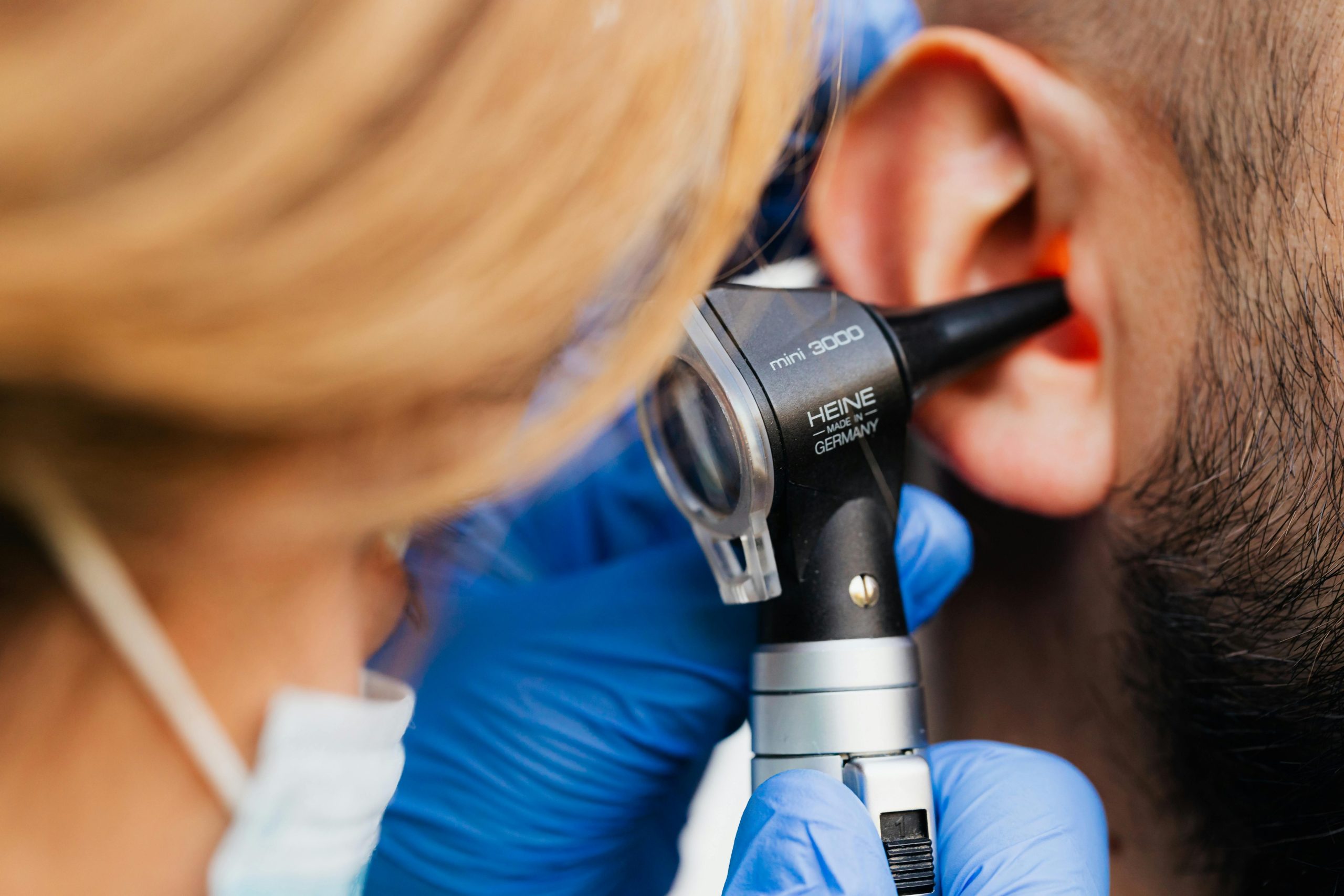ENT
Clearer Breathing, Better Hearing, Healthier Living

Pharmaconic delivers trusted support for ENT conditions like sinusitis, ear infections, and allergies—with expert medication management that includes antibiotics, nasal sprays, and ear drops. We go beyond the prescription by educating patients on proper use, symptom relief, and simple steps to prevent recurring issues. With affordable pricing and insurance-friendly options, we make it easier for patients to breathe easy, hear clearly, and feel their best.
- ENT Expertise
- Comprehensive Guidance
- Affordable Access

ENT
Sinusitis
Sinusitis is the inflammation of the sinuses, often caused by bacterial, viral, or fungal infections. Symptoms include nasal congestion, facial pain, headache, and postnasal drip. Early treatment can prevent chronic complications.
Treatments
Prescription Medications
- Antibiotics: Amoxicillin-Clavulanate, Azithromycin for bacterial infections
- Nasal Steroids: Fluticasone, Mometasone to reduce inflammation
- Decongestants: Pseudoephedrine, Oxymetazoline for nasal congestion
- Antihistamines: Loratadine, Cetirizine for allergy-related sinusitis
Non-Pharmacological Options
- Saline Irrigation: Nasal saline sprays or neti pots to clear mucus
- Steam Inhalation: Relieve nasal congestion and sinus pressure
- Humidifiers: Keep air moist to reduce sinus discomfort
- Hydration: Increase fluid intake to thin mucus
ENT
Otitis Media (Middle Ear Infection)
Otitis media is a common ear infection caused by bacteria or viruses, leading to ear pain, fever, and hearing difficulty. Children are particularly susceptible due to shorter Eustachian tubes.
Treatments
Medications
- Antibiotics: Amoxicillin, Cefdinir for bacterial infections
- Analgesics: Acetaminophen, Ibuprofen for pain relief
- Ear Drops: Ciprofloxacin/Dexamethasone for localized infection
- Decongestants: Phenylephrine for associated nasal congestion
Non-Pharmacological Options
- Warm Compress: Apply to the ear to alleviate pain
- Ear Elevation: Keep the affected ear elevated to reduce pressure
- Avoid Ear Moisture: Use earplugs during showers or swimming
- Monitoring: Watch for worsening symptoms or hearing loss
Effective Remedies to Reduce Risk of Infection
- Proper use of nasal sprays and ear drops to maximize effectiveness
- Identifying signs of complications, such as persistent fever or ear drainage
- Importance of completing antibiotic courses to prevent resistance
- Techniques to prevent future infections, such as hand hygiene and avoiding allergens
ENT
Pharyngitis
A sore throat (pharyngitis) can be described as a scratchy or burning feeling in the back of your throat. Sore throats can happen because of a viral infection, such as the common cold or flu. Accompanied by the sore throat, you may also experience symptoms such as a cough or runny nose. Sore throats can also happen because of a bacterial infection. Once of the common bacterial causes is Streptococcus, which requires antibiotics to be treated.
In the case of viral pharyngitis, antibiotics are not effective. For treatment, the focus is on relieving the symptoms and supporting the immune system. The virus typically lasts 3-7 days.
Treatments
Bacterial Pharyngitis:
- Sudden sore throat
- Painful swallowing, swollen tender lymph nodes
- Red, swollen tonsils which may be accompanied by white patches
- Fever > 101°F / 38.5°C
- Nausea / vomiting
- Absence of cough or nasal symptoms
First Line Prescription Treatment Option
Antibiotics:
Penicillin V or Amoxicillin
If Penicillin Allergy:
- Azithromycin
- Clindamycin
Viral Pharyngitis
Sore Throat
- Warm saltwater gargles
- Throat lozenges or hard candy
- Warm teas with honey (Avoid in children < 1 years old)
Dry throat
- Use a humidifier, especially in dry environments
- Drink plenty of fluids; water, broths, herbal tea
- Try sugar-free lozenges to increase saliva
Fever / Pain
- Acetaminophen (Tylenol) or Ibuprofen (Advil)
- Saline nasal spray, steam inhalation
- Honey (age > 1 years old), warm fluids, cough drops